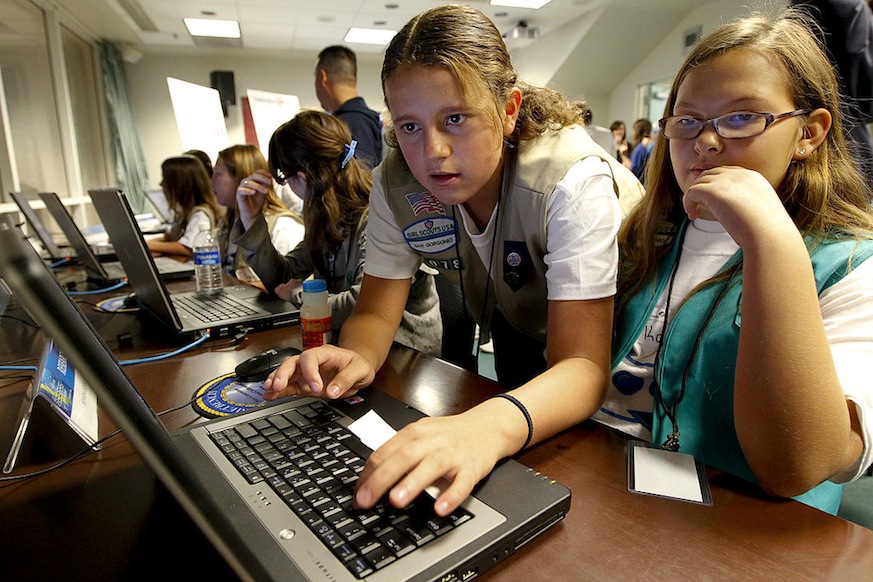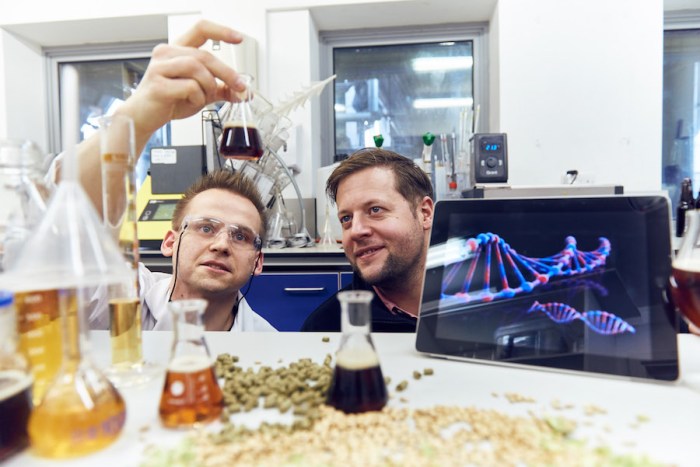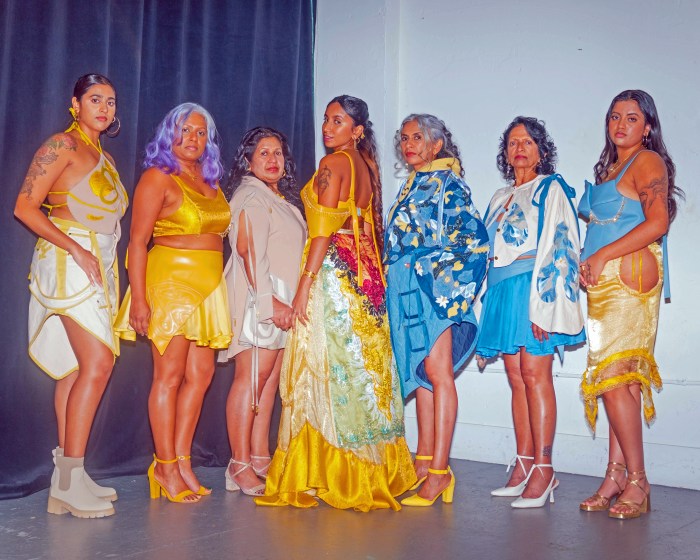What do a children’s book author, an entrepreneur, the CEO of Girl Scouts of the USA and a director at the Museum of Science in Boston have in common?
They’re all working on ways to get young girls more involved in science, technology, engineering and math.
Referred to as STEM, these fields are a key part of our future, specifically when it comes to new jobs and careers. And yet, young girls and women are still facing barriers to enter these areas.
That’s why the four women from the variety of careers listed above came together in Boston recently for a forum called “Cracking the Code: The Next Generation of Women in STEM,” hosted by the Atlantic.
“A recent study showed that girls at 6, 7 years old already start thinking that boys are better at STEM then they are. That suggests to me that we are starting way, way, way too late,” children’s author Andrea Beaty said at the forum. “Being comfortable with ideas of exploration has to become part of their DNA, so that when they get to school, they hit the ground running joining [STEM] programs.”
In Beaty’s books, main characters are in STEM fields, like “Rosie Revere, Engineer” and “Ada Twist, Scientist.” She has a background in science herself and only began writing children’s books once she had kids of her own.
“I don’t think about these books as being about engineering and science, but about perseverance and curiosity,” she said.
For Ayah Bdeir, founder and CEO of littleBits, that curiosity was important in her own path toward STEM. Growing up in Beirut, she always tinkered and took things apart. Her company puts electronic toys into kids’ hands so that they can build things, beyond what Legos allow.
“When Lego started, the world was made of buildings and bridges, and the way we allowed kids to participate in and imagine that world… is you would give them these static building blocks,” she said. “The world is changed now, it’s interactive, algorithmic; kids have to be technology savvy, [so] we equip them with building blocks that capture technology, lights, sound, wifi, bluetooth, that are programmable — all the things they see around them.”
Suzanne Harper, director of the Girl Scouts’ National STEM Strategy, has helped implement new STEM badges young scouts can earn, like mechanical engineering, robotics and cybersecurity badges.
“I love the job because not only are we creating programs for girls that will interest them in STEM, but every day I get to watch the future being invented,” she said.
Christine Cunningham, founder and director of the Museum of Science’s Engineering is Elementary initiative, is seeing that future form before her eyes, as well. While getting a bachelor’s in science, she saw women leaving STEM and realized it wasn’t connected to women’s abilities, but how the fields were presented and taught.
“I decided that it was time to bring engineering down from just being at a collegiate level to younger grades. You have to get them before they’re socialized [to think] they can’t do it,” she said. “We’re natural engineers — watch any 3-year-old play, build sand castles and forts.We naturally solve problems, and we’ve educated that out of kids.”
At the museum, she hears 4-year-olds calling themselves engineers.
“It’s a lot harder for someone to come and say, ‘You don’t belong in engineering,’ when they’ve had that really positive experience,” she said.

















